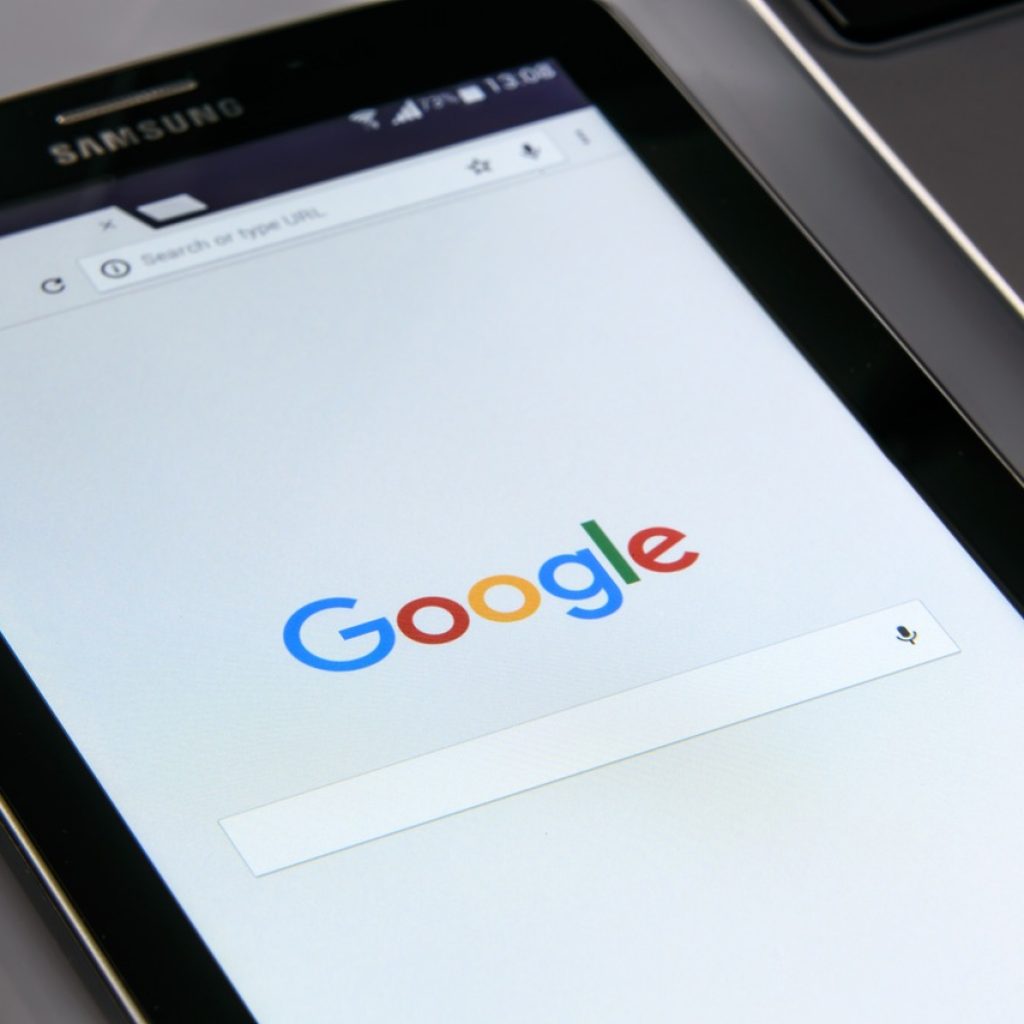Google released news of its Mobile First Index, an update that business and website owners alike should perk up and familiarize themselves with come January 1st, 2017. With approximately 65% of digital information being obtained from mobile, desktop inquiries are left in the dust as a second touch option. Google has taken this massive mobile shift by the reigns by retooling its functions to include mobile into its top rank criteria. We at Premiere Creative are starting 2017 with a resolution to help optimize your business’s digital marketing, starting with this industry breakthrough.
Make Mobile Responsive Your Responsibility
If your website is not mobile responsive, it is highly unlikely for anyone to “pinch” their screen to see your business regardless of catchy advertising, dollars spend in PPC or well-crafted marketing placement. Let’s take a look at some mobile statistics:
- According to Digiday, Americans spend much longer on the Internet compared to the global daily average; two hours and 25 minutes on mobile and 52 minutes on desktop.
- By 2018, that gap is predicted to grow to people spending three hours and 20 minutes using the net on their phone, compared to just 40 minutes on the computer.
- In 2016 globally, on average, people will spend 86 minutes a day using the Internet on their mobile device, compared to 36 minutes on a desktop.
New Ad Format Criteria
Mark your calendars because starting on January 1, 2017 Google will lay down the law and no longer support pop-up ads on site, ads that require the user has to dismiss in order to get to their desired content. These ads or “standalone interstitials” make your website content more difficult for a user to access; therefore Google will mark these ads intrusive. Google states that after January 10th, pages not easily accessible through mobile “may not rank as highly”.
In turn, Internet users can expect less annoying ads and will have a better mobile search experience. If you are unsure how to spot these ads you can identify them by:
- Ads covering the main content.
- Ads that have to be dismissed before users can access the main content.
- Layouts where the above-the-fold section of the page appears just like a standalone interstitial or inlined underneath the fold.
How You Can Adjust Your Ads
Options marketers and business owners can adjust on their websites are turning off pop-up settings for mobile devices. You can also retarget your pop-ups to reach potential customers leaving your site. But you can avoid penalties by triggering pop-ups based on factors such as time spend on a page or site, number of page views, past behavior and click to trigger.
How You Can Be Prepared
Before the Google bots begin to crawl, take the time to access your current mobile site performance. Doing so will better your chances of climbing rank in 2017.
- Increase your website’s speed. A standard eCommerce site speed of 2 seconds is the maximum time. Increase your speed by lessening redirects, optimizing images, and condense your code by eliminating unnecessary characters.
- Do not block CSS, Javascript or images.
- Mobile design should exclude flash.
- Keep your titles and descriptions to the point so Google can quickly and effectively categorize your content.
- Increase your local search by including city and state in sites: meta descriptions, alt tags, URL, H1 tags, Title tags and content.
Conclusion
Google remains number one with having user’s best interest and experience in the forefront of receiving the most accurate and credible information, which is why it is important to redesign your website with usability in mind. The mobile first index will especially affect local businesses by increasing foot traffic as location information becomes more easily accessible. So as not to be behind on the times or worse, lose rank, take our advice and act now. Now if only Youtube could stop having us pause for those 15 second advertisements! For more on Google and its constant updates, contact the experts at Premiere Creative. Call (973) 346-8100.

